In this blog
-
UTxO RPC: a collaborative project from Blink Labs and TxPipe.
-
Andamio platform connecting potential contributors from inside and outside the Cardano community with this project, through its Cardano Go Live Coding.
-
Gimbalabs ready to play with the availability of data and services that this project creates in its Gimbalabs Playground and Gimbalabs Open Spaces sessions.
In one of his most recent tweets, Patick Tobler, NMKR founder, stated: "We need to massively increase the amount of transactions on Cardano to keep the chain sustainable."

Source: Patrick Tobler's X account
Collaboration between projects inside and outside the Cardano ecosystem is one of the key components of Cardano's self-sustainability. However, how is this possible? How does each collaboration bring Cardano one step closer to its self-sustainability goals?
The subject of this post is one collaboration in particular: Blink Labs and TxPipe. But first, by way of context, some famous collaborations that have pushed the boundaries of what is possible in a variety of industries:
- Lennon and McCartney: more than 500 million records sold.
 Creative Commons license
Creative Commons license
- Bill Hewlett and David Packard: HP currently has a market cap of USD 29.64 billion.
 Hewlett-Packard garage exterior in Palo Alto, Silicon Valley. Creative Commons license
Hewlett-Packard garage exterior in Palo Alto, Silicon Valley. Creative Commons license
- C.S. Lewis and J.R.R. Tolkien: "The Chronicles of Narnia" and "The Lord of the Rings".
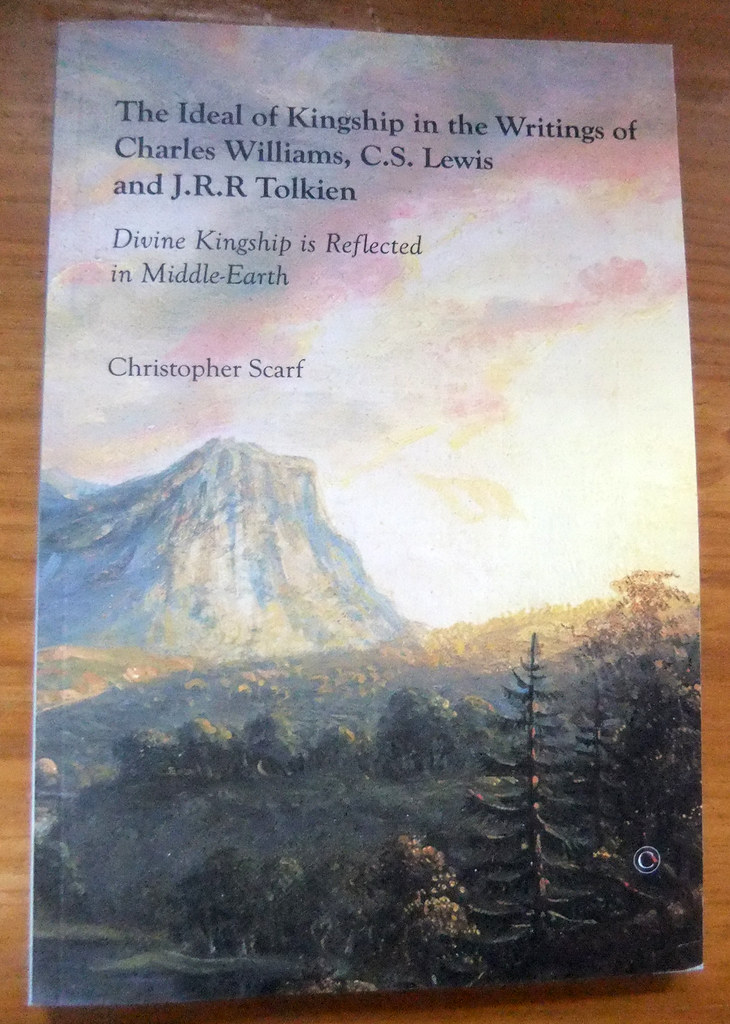 Creative Commons license
Creative Commons license
- Yves Saint Laurent and Pierre Bergé: foundation of the Yves Saint Laurent fashion house.
 Le bureau d'Yves Saint Laurent. Creative Commons license
Le bureau d'Yves Saint Laurent. Creative Commons license
- Fleming, Florey, and Chain: development and mass production of Penicillin.
 Creative Commons license
Creative Commons license
- Jordan, Pippen and their team: 6 NBA championships for the Chicago Bulls.

Creative Commons license
Hindsight is misleading, because it makes people think that there is something special about past events. However high-level and historical these collaborations may seem, their non-linear effect is not exclusive to them.
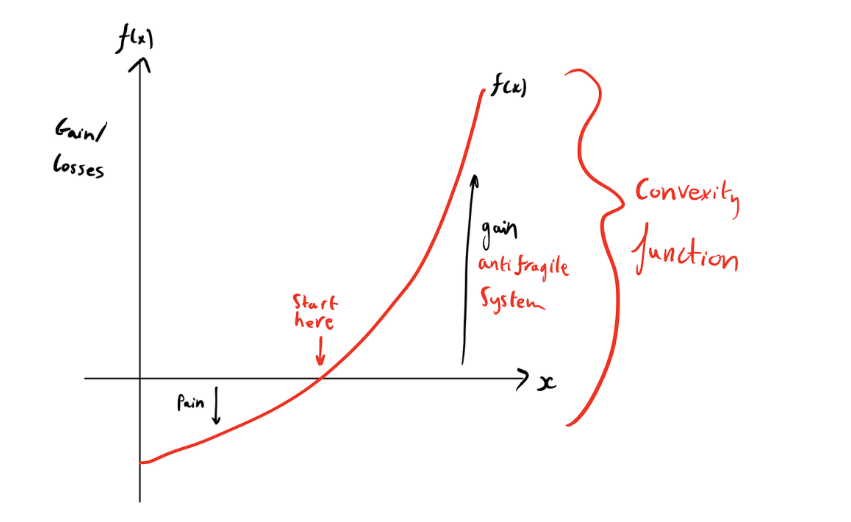 Source: Taleb’s Antifragility website by abdelazizalgh
Source: Taleb’s Antifragility website by abdelazizalgh
Nassim Taleb, a renowned scholar and author, is widely recognized for his work on non-linearity. Taleb's insights into non-linear systems emphasize the inherent unpredictability and complexity of the world, challenging traditional linear thinking and forecasting methods. In this context, collaborations take on a new significance.
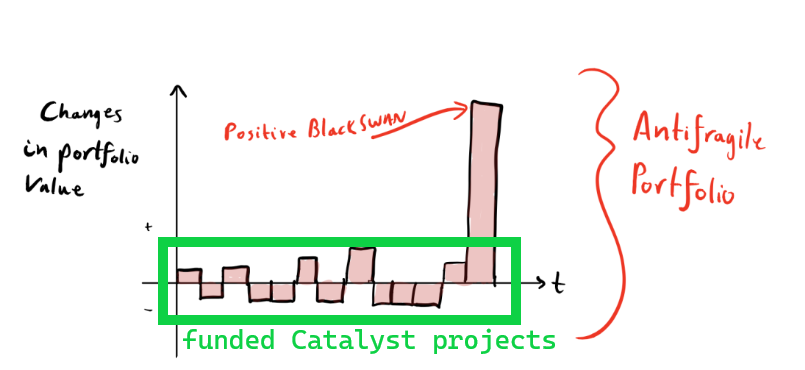 Source: Taleb’s Antifragility website by abdelazizalgh
Source: Taleb’s Antifragility website by abdelazizalgh
By bringing together diverse perspectives, expertise, and resources, collaborations can help navigate the uncertainties and complexities of non-linear systems more effectively. They offer a platform for collective learning, adaptability, and resilience, enabling individuals and organizations to better anticipate, respond to, and capitalize on unexpected opportunities and challenges.
Thus, Taleb's ideas underscore the transformative potential of collaborations in an increasingly interconnected and unpredictable world.
UTxO RPC is a collaborative project from TxPipe and Blink Labs that was funded in Project Catalyst Fund 11. It's an interface tailored for interactions with UTxO-based blockchains, prioritizing performance and developer experience.
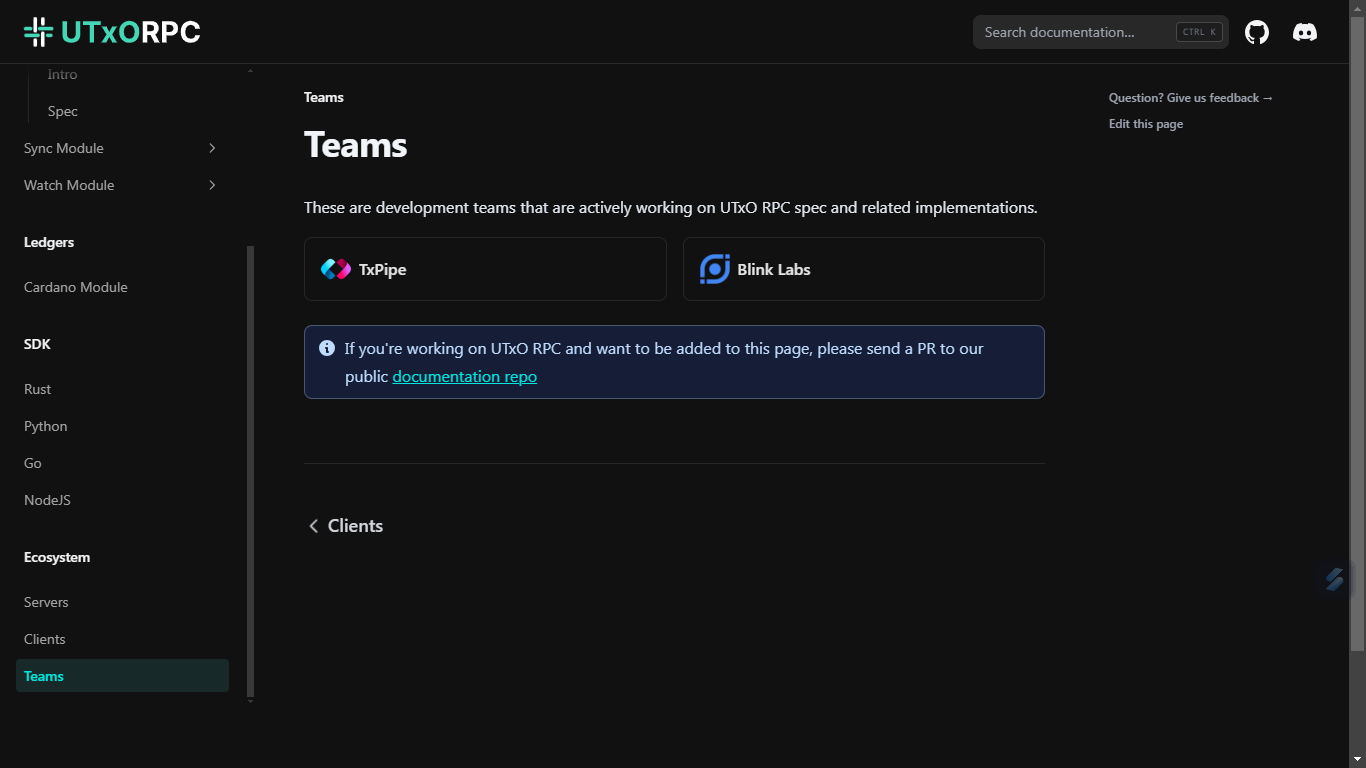 Source: UTxO RPC docs
Source: UTxO RPC docs
By providing a common contract, a range of SDKs, and thorough documentation, UTxO RPC aims to facilitate:
Reusability:
Enabling shared components that can be reused across different projects to simplify the integration effort.
Interoperability:
A common interface to simplify integrations between different parties and avoid the common pitfall of vendor lock-in.
Performance:
A serialized binary format which is compact and efficient, resulting in smaller message sizes and reduced network overhead compared to its JSON counterpart
You can read the Catalyst proposals that led to this project here:
This week at Cardano Go Live Coding, the Andamio platform team took their first look at what UTxO RPC will mean for the Cardano developer community: it's about a lot more than Go Development. It provides a common specificiation for how Go, Rust, Python, and JavaScript developers can build Cardano applications. This week's session was a great place for any developer to understand how.
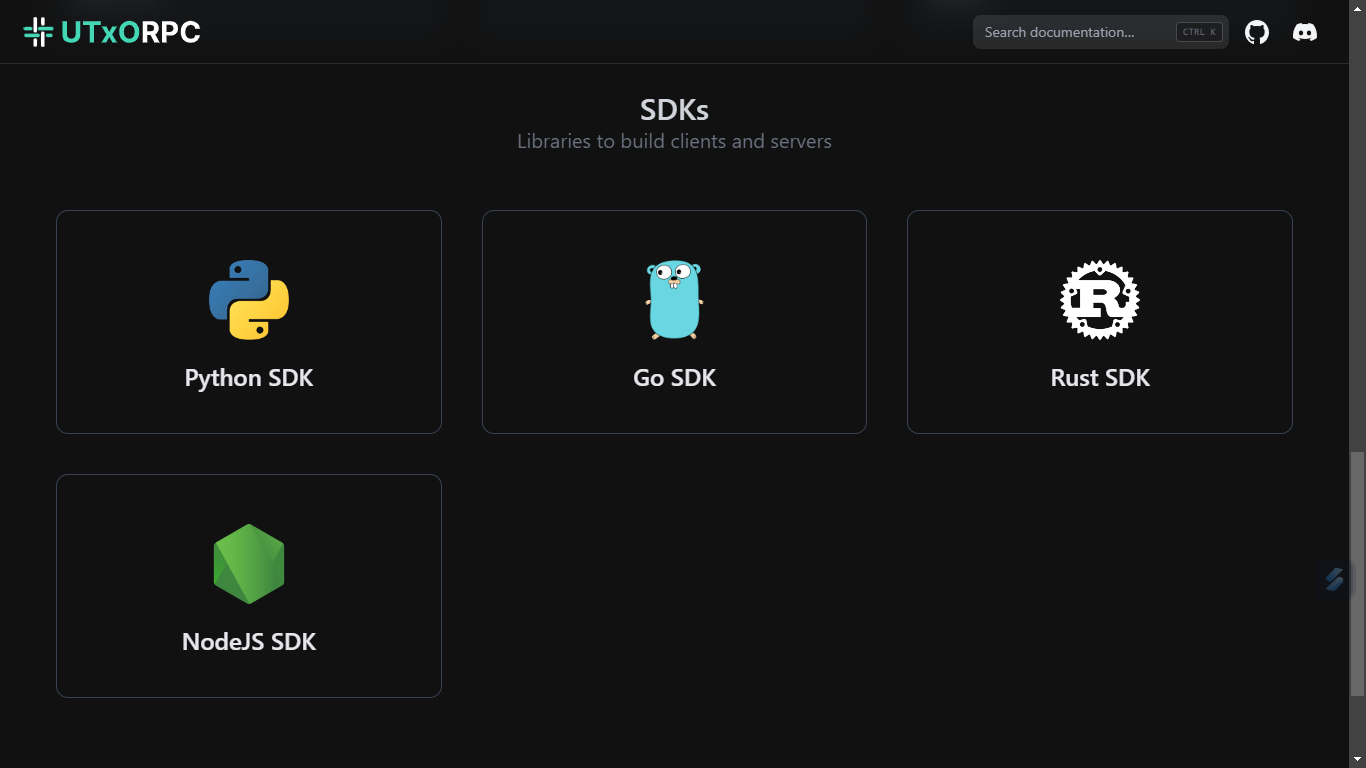 Source: UTxO RPC docs
Source: UTxO RPC docs
What’s Next?
-
In case you missed the previous Cardano Go Live Coding sessions, including the last one, in the Andamio Blog Cardano Go Live Coding Session #003 you can find all the updates, including the access link to the next one (every monday, 13:00 - 14:00 utc).
-
At Gimbalabs, we are excited to make sure that UTxO RPC services and many others from other builders are accessible. The variety of data providers coming online right now, and the variety of ways these services can be deployed and shared, gives us confidence that the Cardano ecosystem will be build applications on robust, reliable, and distributed foundations. We will surely be playing with the UTxO RPC interface in our next Gimbalabs Playground and Gimbalabs Open Spaces sessions.
-
Did you notice in one of the images above the following?
 Source: UTxO RPC docs
Source: UTxO RPC docs
In Cardano's best projects there is always an open door for new contributors. The best startups in the ecosystem know that making their projects a thriving endeavor that cultivates a community of dedicated contributors and encourages engaging interactions is key to making them vibrant projects that accelerate their de-commit rate sooner than expected.
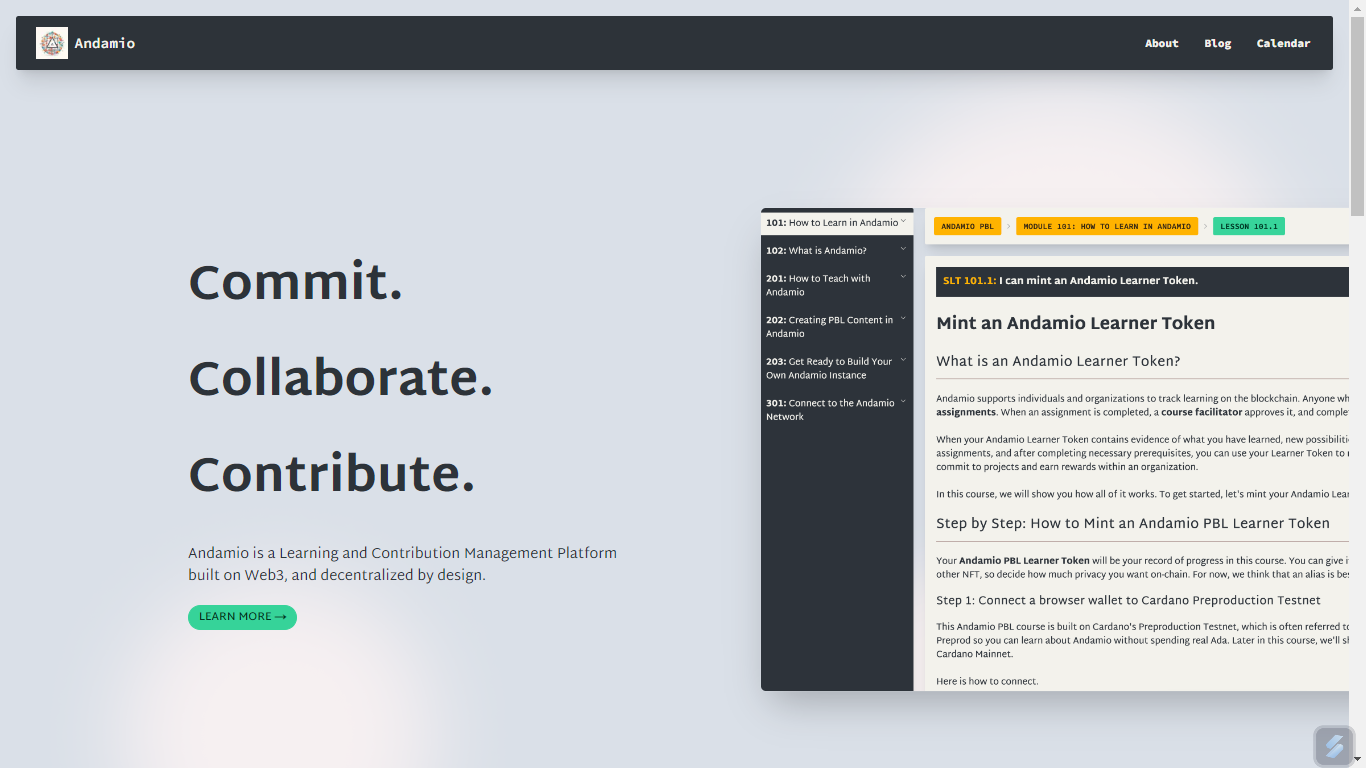 Source: Andamio
Source: Andamio
The Andamio platform cuts through the noise and serves the essential know-how of your organization, so that potential contributors know exactly where to start and how to proceed. Higher engagement, stronger interactions between contributors, a dynamic project, flourishing with an increasing number of lines of code, poised on the brink of a transformative de-commit phase.
If you see a match with your needs, do not hesitate to contact the Andamio platform team, they will be ready to help you:
Email: hello@andamio.io
Linkedin: Andamio by Gimbalabs
Official website: andamio.io